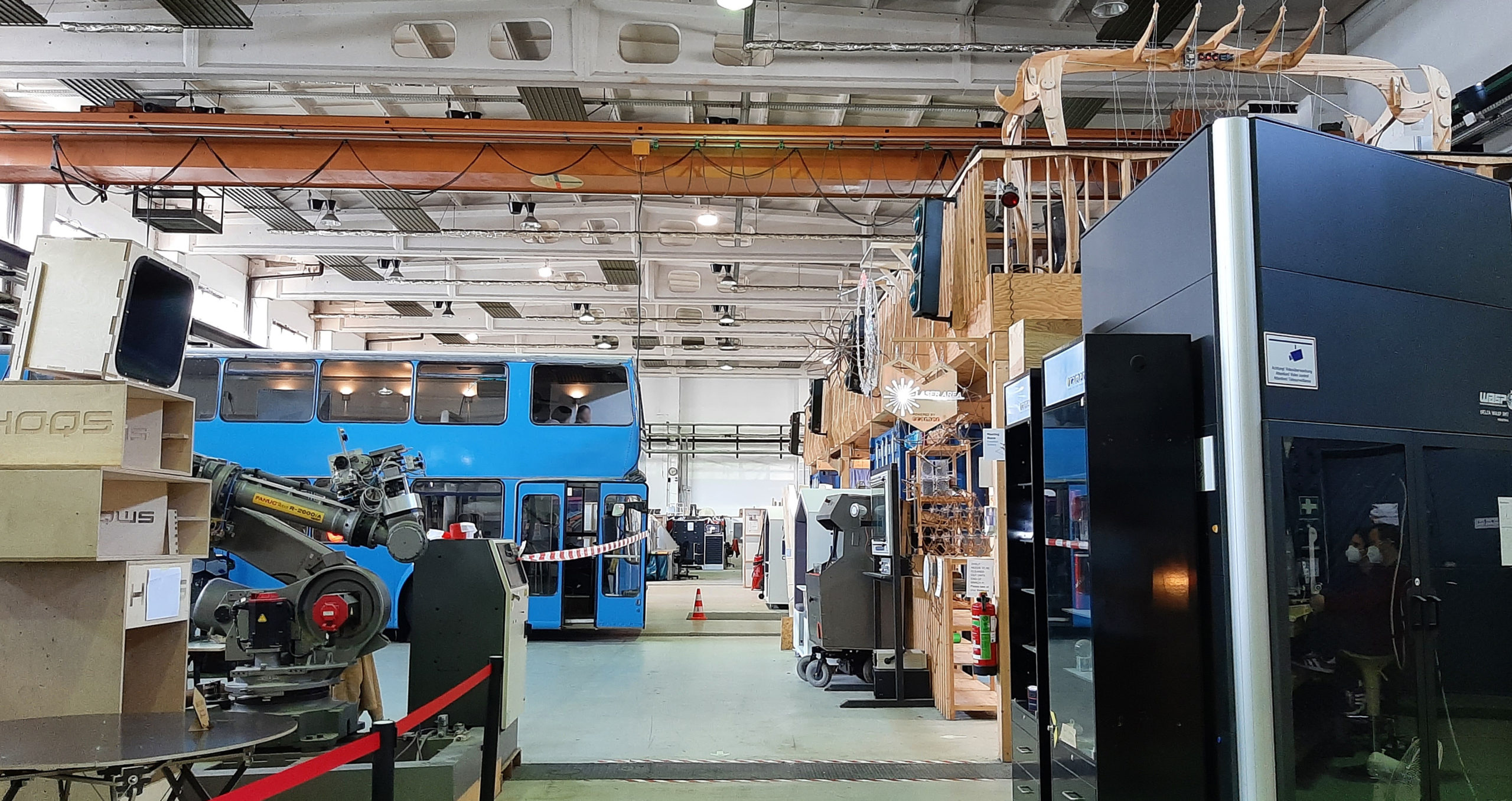Manufacturing’s Outsourcing Production
I have been writing mainly about “self-making”. But there’s a question: is it worth it? Because there’s the alternative of someone doing it for us.
Many companies are offering these services. I find it very interesting that you can select the material, the manufacturing method, the delivery time, upload your file, and you’ll obtain a price. Simple as that.
It’s a perfect option when we don’t have time or access to the required machines.
Projects like 3d-hubs, now hubs, have many manufacturing options and a competitive price. There are other options, like artisans, craftsmen, SMEs, or freelances; they offer different design or 3D printing services. The maker spaces normally offer them as well. But the question is: could I build a project (hardware-based) just using those services? Without learning how to do it myself? I don’t think so.
First of all, because all the fun is there, ordering is effective, but it brings nothing to you. As mentioned, there is some fascination in doing something from scratch. And outsourcing everything, including the design, could be quite expensive. Maybe this is not the problem for a company.
Doing it yourself allows you to learn about constructive solutions, maybe something not new for very experimented designers, but I guess learning it’s always possible and positive, and that’s, for me, an important reason for doing it yourself.
When outsourcing is recommended
These services, including the industrial design, have a clear customer segment: inventors. People with one or many ideas but without the time or skills to build a product. To be honest, I’m pretty sceptical about investors. They are usually very focused on the idea, giving it much value. From the entrepreneurship experience, we learnt that execution is more important than ideas. Frequently, the inventors think that “ideas and patents” are everything, and that’s for sure not enough for a project.
I find these outsourcing services very interesting for using different materials, mainly steel or aluminium and other metals, maybe with powder 3D printers. If the needed technology is expensive or difficult to find, it makes sense to find these resources outside.
It could be a good option for many entrepreneurs or SMEs if they don’t have a good local industry. You will frequently find a Fablab or Makerspace in a large city, but it’s not that easy to find these resources or facilities in small towns. In these cases, the online outsourcing providers could be faster and cheaper than finding other providers.
In “self-making” we usually have a “set” for prototyping: 3D printers (at least filament, SLA could be outsourced), but they are becoming cheaper) laser cutting, and ideally CNC. We have many constructive options covered with this, and we can create realistic prototypes in plastic or wood.
From here, it’s possible to iterate and improve the design, and when it’s ready, pay for a better quality prototype or in different material like metal. Probably we will need 1-2 iterations more of these outsourced prototypes until having the final product.
This combination of doing something ourselves (now with affordable 3Dprinters), learning something in a Lab, and ordering some pieces or prototypes to external services, is in my opinion, a good strategy.
Many ideas or projects are blocked due to problems that hundreds of euros could solve.
In other situations, it could be interesting for experimented designers to outsource the production of everything. They don’t need to go through the iterations and learning process when they have a clear idea of what they want to produce. And it could also be a good solution for the short term. But in the long term, if you’re going to become a producer of physical products, you need to go and learn deeper about design, manufacturing, machines and materials. This core business knowledge should be in the team. Something similar happens in software with developers.

Available services
Here is a list of available partners for outsourcing the production:
- https://www.hubs.com/ recently acquired by https://www.protolabs.com/
- https://de.3dsystems.com/on-demand-manufacturing
- https://www.materialise.com/
- https://www.sculpteo.com/
- https://www.shapeways.com/
- https://www.stratasysdirect.com/
- https://www.pcbway.com/rapid-prototyping/
- https://www.xometry.com/
- https://www.roboze.com/en/
There are also web pages providing services for the complete cycle, including the design:
- https://lastbasic.com/ A young Spanish startup operating globally, totally focused on inventors.
- https://lafabricadeinventos.com/ Completely focused on inventors.
It’s also possible to find many designs, usually ready to print/cut. With them, we can skip the design process and go directly to production. It’s also possible to take them as a base for the design and to add modifications. Unfortunately, sometimes the format of the files doesn’t allow us to make big changes.
- https://www.thingiverse.com/ mainly 3d Printing models.
- https://3axis.co/ mainly models for laser cutting.
Conclusions:
- There are many available services to outsource our production and manufacturing. It’s giving attractive alternatives to creators and startups.
- To do something by yourself is better in terms of the associated learning.
- These services are beneficial when you don’t have access to a maker space, something usual in the small cities.
- They are useful for working with difficult and hard materials like metal or stone. Or when producing it “at home” means an investment of hundreds of thousands euro in machinery.
Version DE


